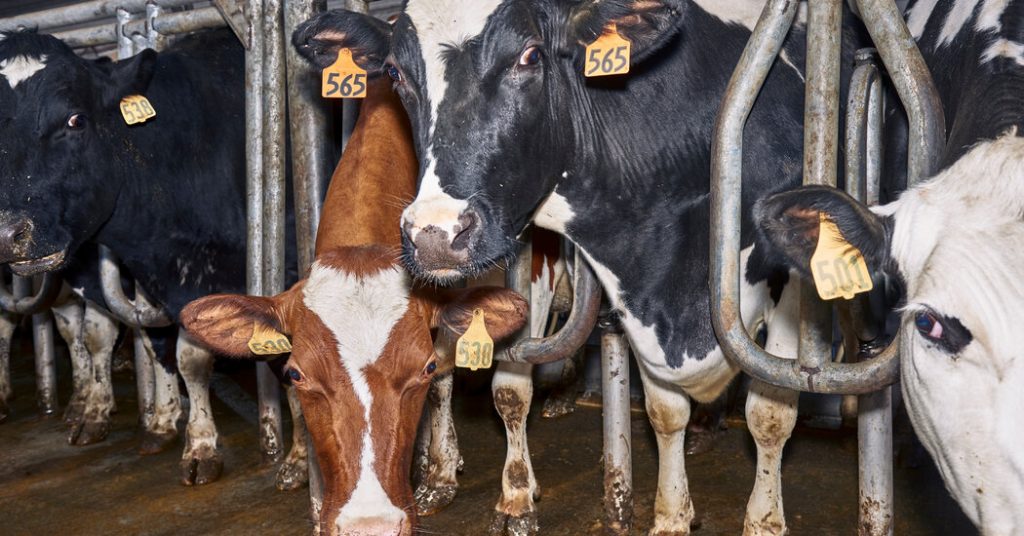The third human case of H5N1 reported in Michigan is a significant warning sign that the current bird flu situation is at a dangerous inflection point. The virus is adapting in ways that increase its risk to humans, indicating a failure to contain it early on. Comprehensive testing is crucial in addressing this brewing crisis, as it allows health responders to identify and control infectious diseases. Testing for H5N1, including serology testing to detect antibodies in the blood, is essential for diagnosing current infections and understanding how the virus is spreading.
The emergence of respiratory symptoms in the most recent H5N1 case involving a farmworker in Michigan is concerning as it indicates a potential shift in how the virus affects humans. Coughing is more likely to spread the virus than milder symptoms like eye irritation. Despite the importance of testing, serology testing for H5N1 has been lacking in this outbreak, leading to underreporting of cases and hindering the ability to respond effectively. Undetected cases of H5N1 could unknowingly contribute to the spread of the virus, particularly in farming communities where close contact with animals is common.
The lack of a robust national testing strategy and coordination by the CDC is highlighted as a key issue in addressing the H5N1 outbreak. It is essential to ensure that farmworkers have access to testing and feel safe using it, particularly those who lack health insurance or paid sick leave. Improving surveillance, data collection, and sharing virus sequence data from infected animals are also crucial steps in getting a clearer picture of the outbreak and preventing a pandemic. The slow response in sharing critical information exacerbates the challenge of controlling the spread of H5N1.
The U.S. Department of Agriculture’s delay in sharing virus sequence data from infected animals, coupled with the lack of comprehensive testing, underscores the need for urgent action to prevent a potential pandemic. The health and safety of farmworkers, who are at higher risk of infection, must be prioritized through coordinated efforts at the national, state, and local levels. Improvements in testing, surveillance, and data sharing are essential to understanding and containing the spread of H5N1 to prevent further cases and potential outbreaks. The recent report of respiratory symptoms in a farmworker is a critical warning sign that highlights the importance of proactive measures to address this public health emergency.








